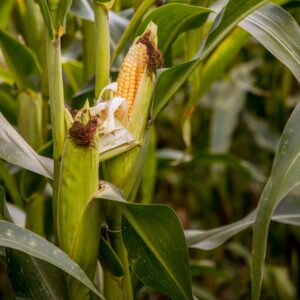
Although the South African Futures Exchange (SAFEX) was bought out by the then JSE Securities Exchange in 2001, it is not uncommon to find the trading of commodities still referred to as “SAFEX” in agricultural circles.
Agricultural Derivatives from the Johannesburg Stock Exchange (JSE) provide a platform for price discovery and efficient price risk management for the grains market in South and Southern Africa. Trading on a formal exchange that connects buyers and sellers provides transparent price discovery and all transactions are assured through the Derivatives clearing structure.
Grain Futures and Options are Derivatives Contracts that provide local market participants with a tool for hedging against agricultural price risk. The JSE currently offers Futures and Options on white maize, yellow maize, wheat, soya beans and sorghum. Contracts are priced and traded in rands per ton and can be physically settled should the futures position be held on until last trading day.
Source: www.jse.co.za/trade/derivative-market/commodity-derivatives (Find the notes on here on how the commodity trading works)
Some market participants have been caught short because they thought that they could read the market and left themselves open to price volatility. It is easy to make money on a rising market (bull phase), but when it ends you could suffer great losses. Farmers and experts alike, and unfortunately some pension funds, have lost money by speculating on the JSE.
Any farmer can have agricultural derivative prices delivered to their cell phone. Some use these as indicators and sign fixed-price contracts based on that exchange price. However, if the price changes those farmers will still have to accept the contract price, even though it is worse than the current exchange price.
Source: The publication ‘Finance for Farmers’ by Standard Bank.
Further reference:
Research and training
Companies

Find information on the various directorates of the Department of Agriculture, Land Reform and Rural Development (DALRRD) under the “Branches” menu option at www.dalrrd.gov.za. Of relevance to this chapter are the Marketing and International Trade Directorates. The Crop Estimates Committee is housed in the Statistical and Economic Analysis Directorate.
National Agricultural Marketing Council (NAMC) www.namc.co.za The Crop Estimates Liaison Committee (CELC) is an official committee that functions under the auspices of the NAMC. CELC is amongst others, to monitor the performance of the Crop Estimates Committee (CEC) and make recommendations for the further improvement of crop estimates on an ongoing basis.